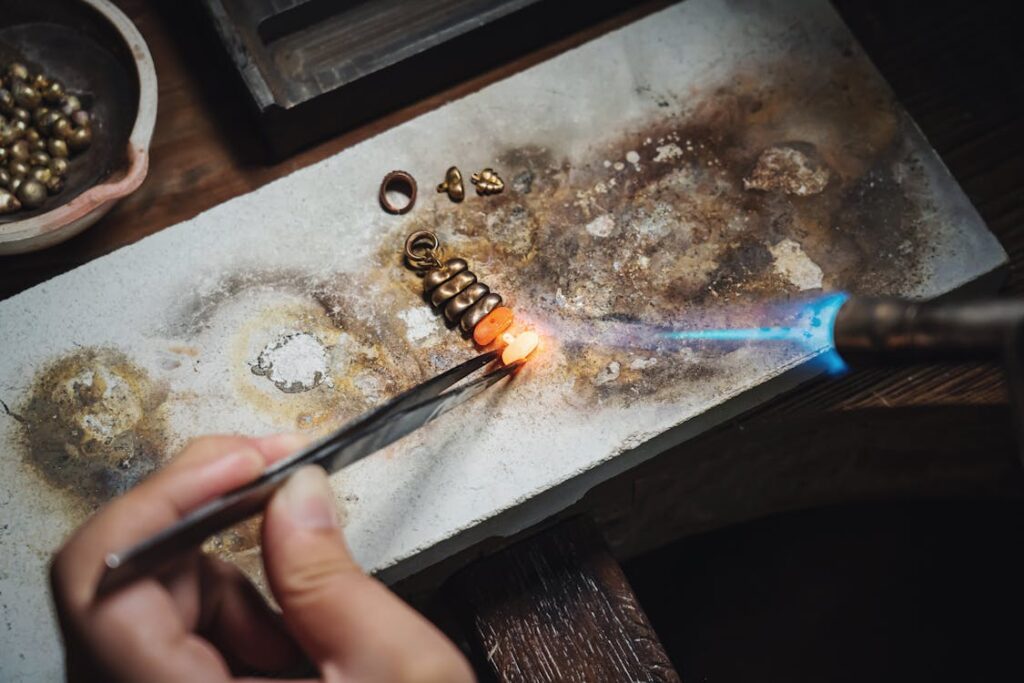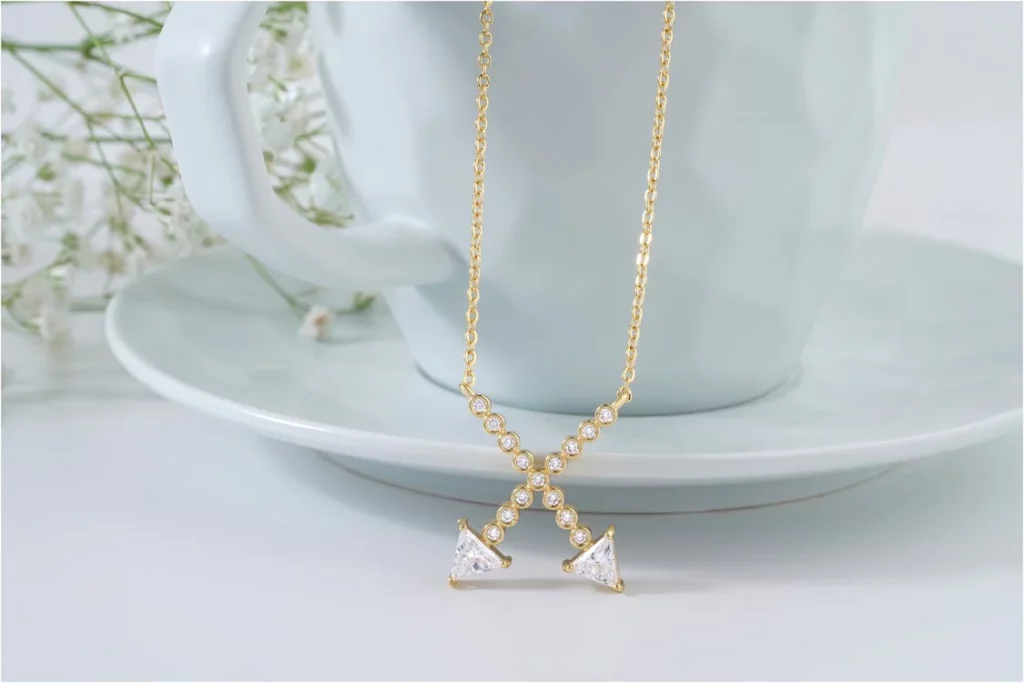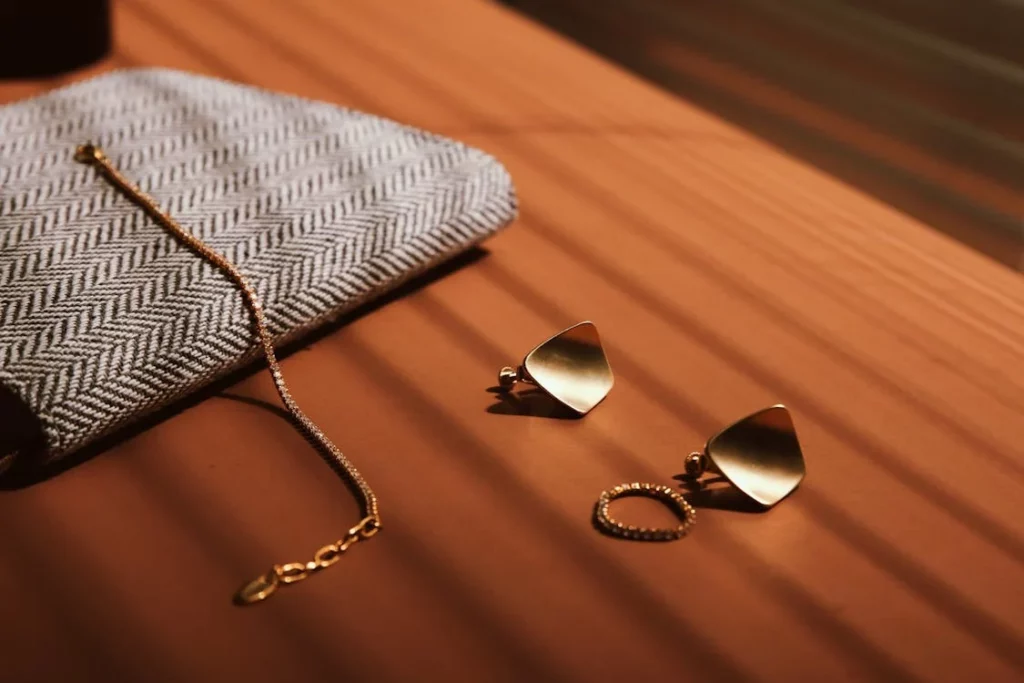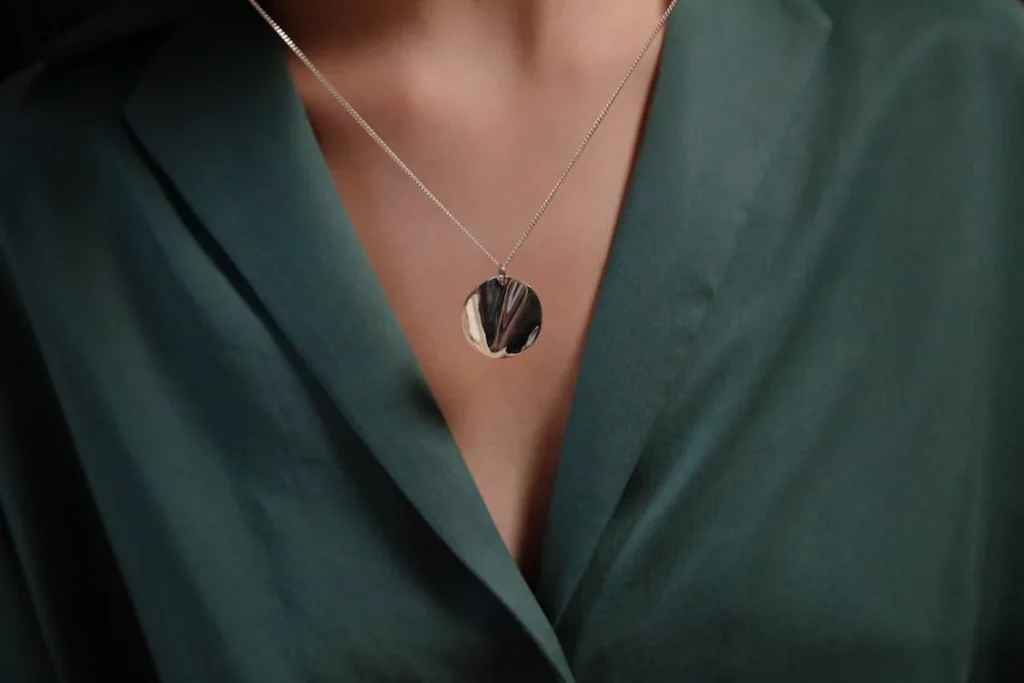When it comes to jewelry, hypoallergenic metals play a crucial role in ensuring your skin stays happy and healthy. Choosing hypoallergenic metals is not just a matter of style; it’s about caring for your skin. In this blog, we delve into the world of hypoallergenic metals to help you understand their significance. Our main focus will be on identifying what is the most hypoallergenic metal used for jewelry, providing you with valuable insights to make informed choices when adorning yourself with beautiful pieces.
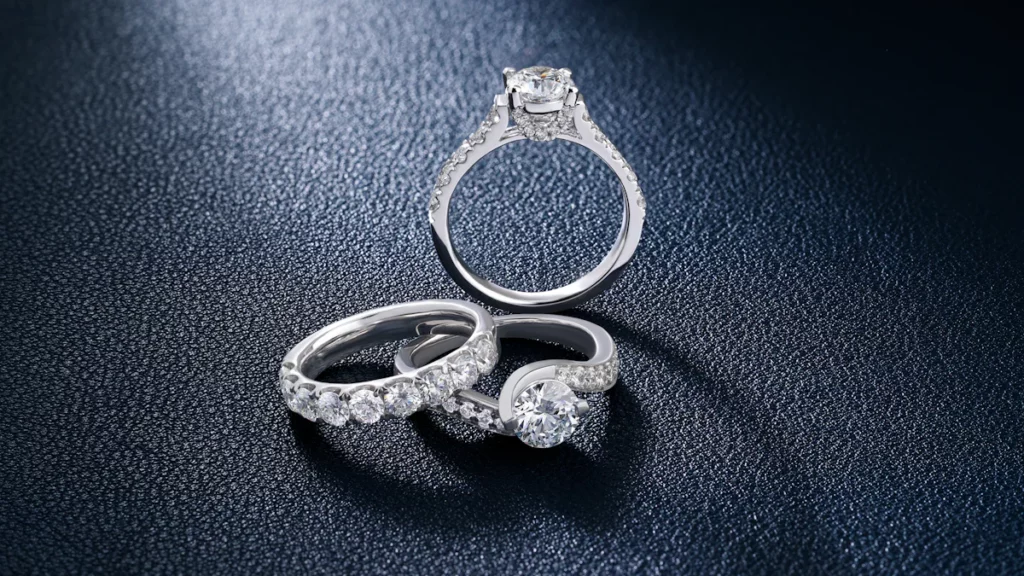
What Is Hypoallergenic?
Hypoallergenic refers to products specifically formulated or crafted to reduce the risk of allergic reactions. In a professional context, this term is often used in the cosmetics, skincare, and jewelry industries. Hypoallergenic items are made from materials that are less likely to trigger allergies, such as titanium, acier chirurgical, or certain high-grade plastics. For skincare and cosmetics, hypoallergenic products typically avoid common allergens like fragrances, dyes, and certain preservatives. The goal is to create products that are gentler and safer for individuals with sensitive skin or known allergies, thereby minimizing irritation and adverse reactions.
What Makes Jewelry Hypoallergenic?
Hypoallergenic jewelry is made from materials less likely to cause allergic reactions. Common hypoallergenic metals include titanium, surgical stainless steel, platinum, and gold (18K or higher). These metals are free from nickel, a common allergen, and other reactive elements. This makes hypoallergenic jewelry suitable for sensitive skin, reducing the risk of irritation and allergic responses.
How to Tell Metal Allergies?
Common metal allergies can manifest in various ways, from rash and itching to redness, dry patches, and even blisters. Factors like ear or body piercings and working with metal can heighten the risk of developing a metal allergy. It’s crucial to recognize these signs early on to prevent further discomfort.
Symptoms of Metal Allergies
Metal hypersensitivity may result in symptoms such as blistering of the skin, chronic fatigue, inflammation, cognitive impairment, depression, hives, joint pain, and muscle pain. But if in jewelry, they can show:
- Skin Irritation: Redness, itching, and swelling where the jewelry contacts the skin.
- Rash: Blistering or dry, scaly patches resembling eczema.
- Burning Sensation: Discomfort or a burning feeling at the contact site.
- Pain: Soreness or tenderness around the affected area.
- Discoloration: Darkening or redness of the skin.
- Oozing or Crusting: In severe cases, the rash may ooze or form a crust.
These symptoms typically appear within 24-48 hours of wearing the offending jewelry and may persist until the metal is removed and the skin heals. You need to learn these symptoms to identify and address any potential allergic reactions promptly
Benefits of Hypoallergenic Jewelry
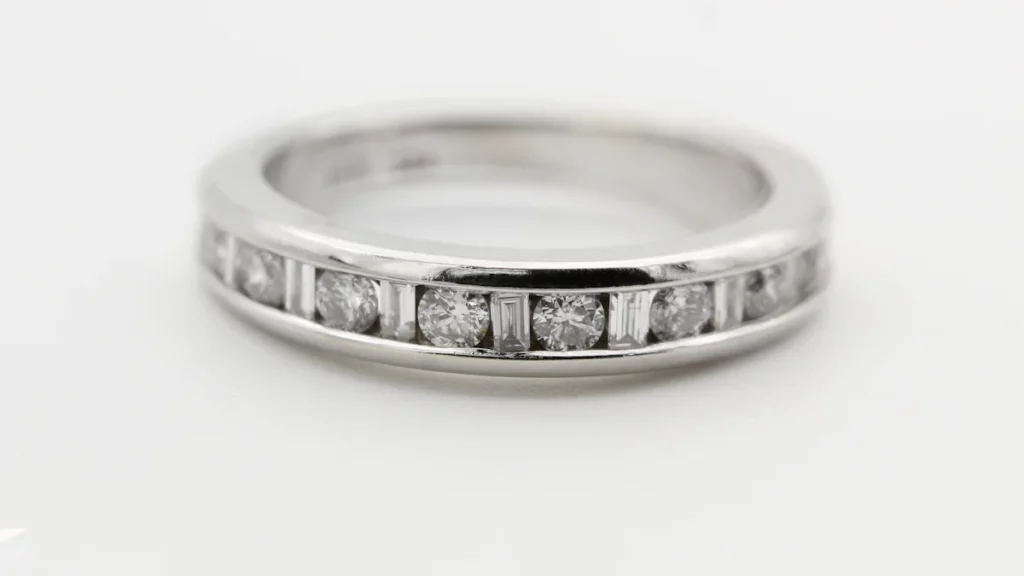
Hypoallergenic jewelry offers a range of benefits for those with sensitive skin. These metals are biocompatible and less likely to cause allergic reactions, making them ideal choices for individuals prone to allergies. Here are some benefits of it:
- Reduced Allergic Reactions: Made from non-reactive metals, it minimizes the risk of skin irritation and allergies.
- Comfortable Wear: Safe for sensitive skin, allowing for extended wear without discomfort.
- Durabilité: Often crafted from high-quality materials like titanium or platinum, hypoallergenic jewelry tends to be more durable and resistant to tarnish.
- Aesthetic Appeal: Available in various styles and designs, ensuring fashion isn’t compromised.
- Peace of Mind: Assures individuals with metal allergies, enabling them to enjoy jewelry without health concerns.
Common Hypoallergenic Metals
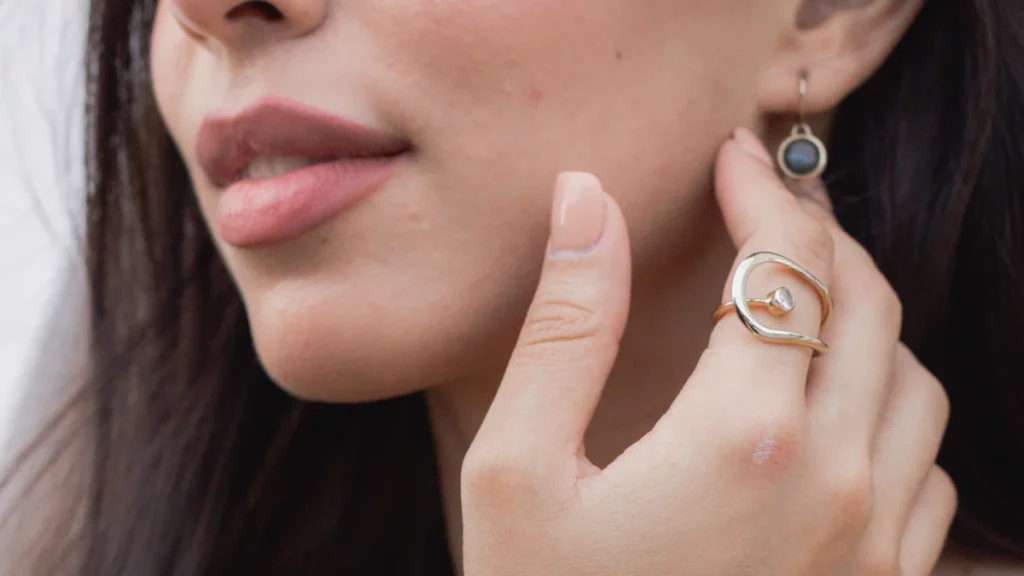
Common hypoallergenic metals used in jewelry include titanium, platinum, high-karat gold, and so on. Each offers unique properties that cater to sensitive skin and ensure lasting beauty. Let’s explore their features and benefits.
Platinum
Platinum jewelry, prized for its unparalleled durability and radiant sheen, is the ultimate symbol of luxury. Renowned for its hypoallergenic properties, platinum ensures safe, comfortable wear for sensitive skin. Its density and resistance to tarnish guarantee longevity and enduring beauty, making it an ideal choice for heirloom-quality pieces and intricate designs.
Properties of platinum
- Highly durable
- Resistant to tarnishing
- Naturally white in color
Why platinum is hypoallergenic
- Biocompatible with sensitive skin
- Rarely causes allergic reactions
Titanium
Titanium, a lightweight and corrosion-resistant metal, is another excellent option for hypoallergenic jewelry. Its strength and durability make it a popular choice for various accessories, ensuring both style and comfort for individuals with skin sensitivities.
Properties of titanium
- Lightweight and comfortable to wear
- Corrosion-resistant, ideal for long-term use
Why titanium is hypoallergenic
- Does not contain commonly irritating metals
- Suitable for those prone to allergies
Gold
Gold, particularly 24k gold, is naturally hypoallergenic but too soft for everyday jewelry. By mixing gold with other metals like copper or silver, its durability increases while maintaining its hypoallergenic properties. Whether opting for 14k or 18k gold alloys, you can enjoy the beauty of gold without compromising on skin health.
Properties of gold
- Available in different karats (e.g., 14k, 18k)
- Durable when mixed with other metals
Why gold is hypoallergenic
- Biocompatible and gentle on the skin
Argent sterling
argent sterling, known for its timeless elegance and versatility, is a popular choice for hypoallergenic jewelry. Crafted with 92.5% argent pur et 7.5% alloy metals, sterling silver offers durability without compromising on style. Its lustrous finish and affordable price make it a sought-after option for those seeking skin-friendly accessories.
Properties of sterling silver
- Composed of 92.5% Argent pur
- Alloyed with metals like copper for strength
Why sterling silver is hypoallergenic
- Less likely to cause skin reactions due to high purity
- Ideal for individuals with sensitive skin looking for stylish options
Palladium
Palladium, a member of the platinum group of metals, is gaining popularity in the world of hypoallergenic jewelry. With its natural white color and exceptional durability, palladium offers a luxurious alternative to traditional metals. Its resistance to tarnishing and lightweight nature make it an excellent choice for those seeking both elegance and comfort.
Properties of palladium
- Naturally white in color
- Highly resistant to tarnishing
Why palladium is hypoallergenic
- Biocompatible with sensitive skin
- Rarely causes allergic reactions
Alternative Hypoallergenic Metals
Alternative hypoallergenic metals beyond the common ones include rhodium and niobium. These metals are chosen for their low reactivity, making them suitable for individuals with sensitive skin or metal allergies.
Rhodium
Rhodium, a lustrous metal known for its durability and brilliance, is a popular choice for hypoallergenic jewelry. Its nickel-free composition makes it an excellent option for individuals with sensitive skin. The application of rhodium plating on sterling silver enhances its hypoallergenic properties, providing both style and comfort. While the protective plating safeguards against reactions to nickel, ensuring the base metal’s hypoallergenic nature is essential for long-term wear. Regular maintenance and care can prolong the lifespan of rhodium-plated jewelry, offering a lasting solution for those seeking skin-friendly accessories.
Properties of rhodium
- Lustrous and durable
- Nickel-free composition
Why rhodium is hypoallergenic
- Protects against reactions to nickel
- Enhances the durability of jewelry pieces
Niobium
Niobium, a versatile metal with unique properties, is gaining recognition in the realm of hypoallergenic metals. Its biocompatibility and resistance to corrosion make it an ideal choice for individuals with skin sensitivities. The absence of commonly irritating metals in niobium ensures a gentle wearing experience, minimizing the risk of allergic reactions. Whether used in earrings or necklaces, niobium offers both elegance and comfort, catering to those seeking alternative hypoallergenic metals.
Properties of niobium
- Versatile and corrosion-resistant
- Biocompatible with sensitive skin
Why niobium is hypoallergenic
- Absence of commonly irritating metals
- Ideal for individuals prone to allergies
How to Choose Hypoallergenic Jewelry? 5 Factors to Consider
When selecting hypoallergenic jewelry, it’s essential to consider several factors to ensure both comfort and safety for sensitive skin. Key considerations include:
- Metal Type: Opt for metals like titanium, platinum, or high-karat gold (18K or higher).
- Nickel Content: Ensure the jewelry is nickel-free, as nickel is a common allergen.
- Product Labeling: Look for pieces labeled hypoallergenic or dermatologist-tested.
- Coatings and Alternatives: Consider hypoallergenic coatings, ceramic, or certain plastics for earrings or fashion jewelry.
- Allergy History: Know your own allergy triggers and choose accordingly to minimize the risks of skin irritation.
Conclusion
In conclusion, understanding what is the most hypoallergenic metal used for jewelry is crucial for ensuring comfort and safety, especially for those with sensitive skin or allergies. Metals like titanium, platinum, and high-karat gold offer excellent hypoallergenic properties, minimizing the risk of irritation and allowing for stylish, durable pieces. For a reliable source of hypoallergenic jewelry, consider trusted manufacturers like Jusnova, known for their commitment to quality and craftsmanship in stainless steel jewelry. Whether choosing everyday essentials or special occasion pieces, prioritize materials that prioritize skin health without compromising on aesthetic appeal or longevity.


